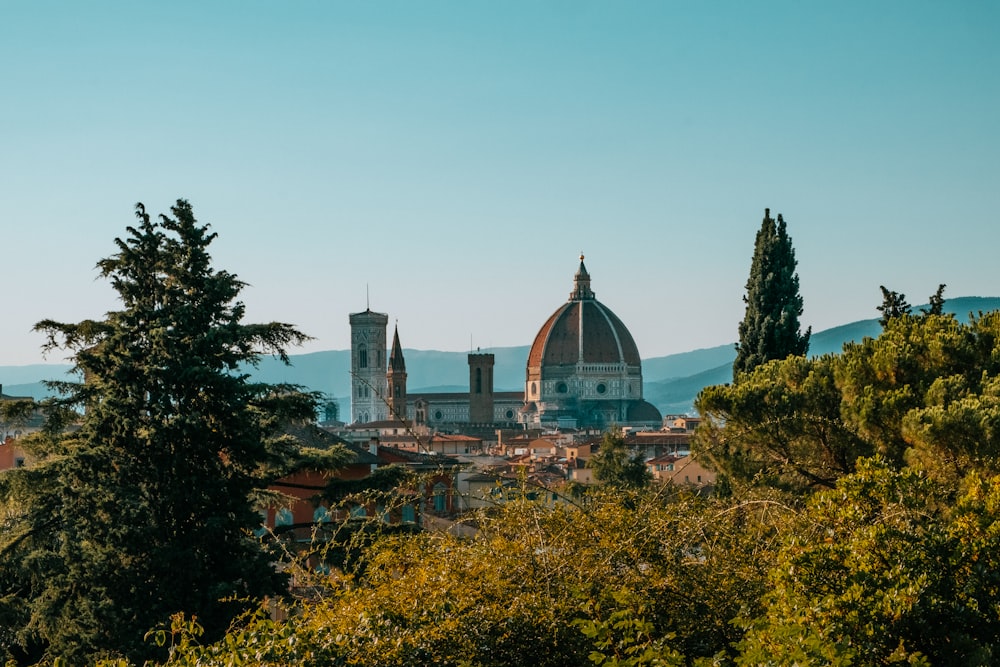Michelangelo’s Architectural Vision Sculpting Space and Form

Sub Heading: A Renaissance Master’s Legacy
Michelangelo Buonarroti, renowned for his masterpieces in sculpture and painting, also left an indelible mark on the world of architecture. His architectural vision was nothing short of revolutionary, shaping the landscape of Renaissance Italy and beyond. Michelangelo approached architecture with the eye of a sculptor, infusing his structures with a sense of movement, drama, and grandeur.
Sub Heading: Sculpting Space and Form
At the heart of Michelangelo’s architectural vision was the idea of sculpting space and form. He believed that architecture should not merely serve as a functional shelter but should also embody the principles of sculpture. Michelangelo’s buildings seem to come alive, with their dynamic forms and carefully crafted details. From the majestic dome of St. Peter’s Basilica to the sweeping staircases of the Laurentian Library, each structure is a testament to his mastery of space and form.
Sub Heading: Embracing Classical Ideals
Drawing inspiration from the classical architecture of ancient Rome, Michelangelo sought to revive the ideals of balance, harmony, and proportion. His designs often featured classical elements such as columns, arches, and pediments, arranged in innovative and striking compositions. Michelangelo’s architectural vocabulary was deeply rooted in the classical tradition, yet he imbued it with a fresh, modern sensibility that spoke to the spirit of the Renaissance.
Sub Heading: The Architect of St. Peter’s Basilica
One of Michelangelo’s most iconic architectural achievements is undoubtedly St. Peter’s Basilica in Vatican City. Commissioned by Pope Julius II, Michelangelo took over the project in 1546 and worked on it until his death in 1564. The grandeur of St. Peter’s Basilica is a testament to Michelangelo’s architectural genius, with its soaring dome, majestic façade, and intricate interior details. The basilica remains a symbol of the power and glory of the Catholic Church, a monument to Michelangelo’s vision and skill.
Sub Heading: The Laurentian Library: A Scholarly Haven
In Florence, Michelangelo designed the Laurentian Library as a repository for the vast collection of manuscripts belonging to the Medici family. Completed in 1571, the library is a masterpiece of Renaissance architecture, with its innovative use of space and light. The main reading room features a dramatic staircase, designed by Michelangelo, that seems to float effortlessly in the air. The library remains a symbol of scholarly excellence and artistic innovation.
Sub Heading: Creating Drama with Architecture
One of Michelangelo’s defining traits as an architect was his ability to create drama and emotion through his designs. Whether it was the imposing fortifications of the Medici Chapels in Florence or the dynamic façade of the Palazzo dei Conservatori in Rome, Michelangelo’s buildings evoke a sense of awe and wonder. His use of scale, proportion, and perspective was unparalleled, creating spaces that are at once monumental and intimate.
Sub Heading: The Legacy of Michelangelo’s Architecture
Today, Michelangelo’s architectural legacy continues to inspire architects and artists around the world. His emphasis on sculptural qualities in architecture, his mastery of classical forms, and his ability to imbue spaces with emotion and drama remain enduring hallmarks of his work. From the grandeur of St. Peter’s Basilica to the intimate beauty of the Laurentian Library, Michelangelo’s buildings continue to captivate and awe all who encounter them.
Sub Heading: Influence on Later Architects
Michelangelo’s influence on later architects cannot be overstated. His innovative use of space, his attention to detail, and his commitment to expressing the spirit of the Renaissance have left an indelible mark on the world of architecture. Architects such as Andrea Palladio, Gian Lorenzo Bernini, and even modern masters like Frank Lloyd Wright have all drawn inspiration from Michelangelo’s work. His legacy lives on in the towering domes, graceful columns, and elegant proportions of buildings around the world.
Sub Heading: A Testament to Artistic Vision
In the end, Michelangelo’s architectural vision was not just about creating buildings—it was about sculpting spaces that spoke to the soul. His structures are more than mere edifices; they are living works of art, embodying the spirit of the Renaissance and the genius of one of history’s greatest artists. Michelangelo’s architectural legacy remains a testament to the power of artistic vision to shape the world around us, inspiring awe and wonder for generations to come. Read more about michelangelo architecture






![Unlocking Real Estate Success [Company Name] Unlocking Real Estate Success [Company Name]](https://images.unsplash.com/photo-1583142499515-db3e66a57bdc?fm=jpg&q=60&w=3000&ixlib=rb-4.1.0&ixid=M3wxMjA3fDB8MHxzZWFyY2h8N3x8cmVhbCUyMGVzdGF0ZSUyMGludmVzdG1lbnQlMjBjb21wYW55fGVufDB8MHwwfHx8Mg%3D%3D)

